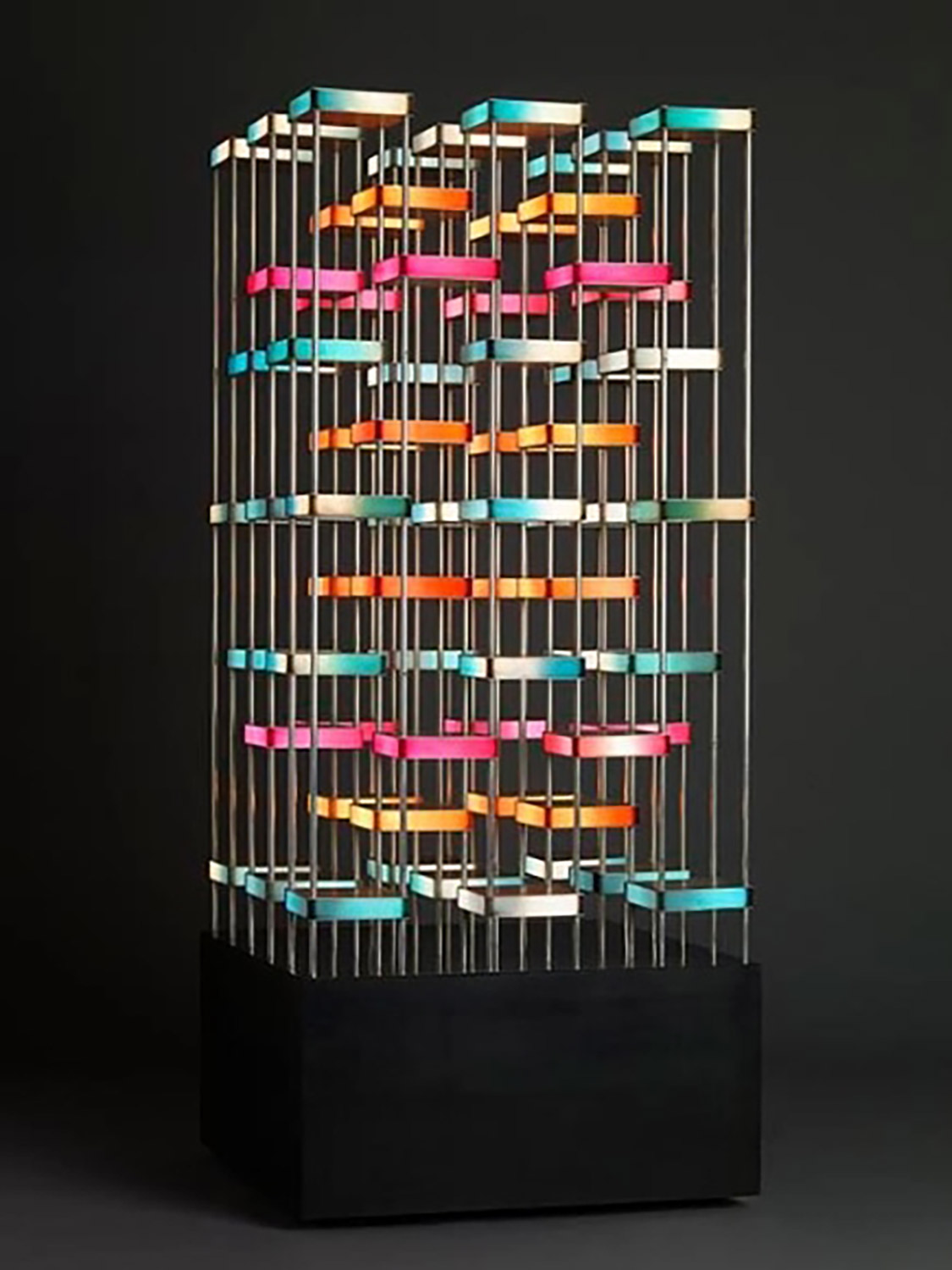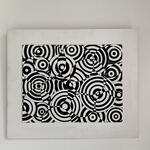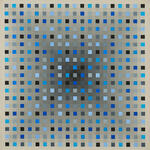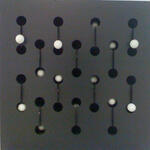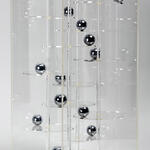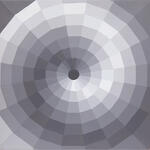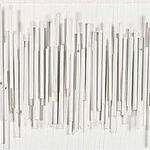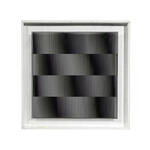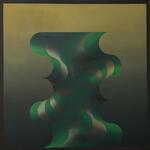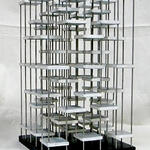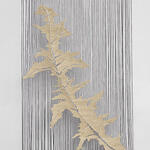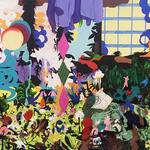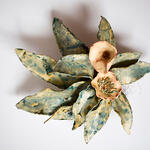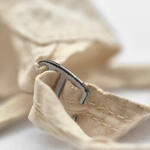Gregorio Vardánega
Bio
Gregorio Vardanega (Passagno, Italy, 1923 - Paris, France, 2007), he settled in Argentina when he was very young. In 1939 he began his artistic training at the National Academy of Fine Arts, graduating in 1946 as a professor of drawing.
In 1946 he joined the Asociación Arte Concreto-Invención, participating in several of its exhibitions. Two years later he travels to Europe in the company of Carmelo Arden Quin and, in 1949, he exhibits at the Salon de Amérique Latine in Paris, where he came into contact with important abstract artists.
In 1950 he returns to Argentina and presents his works in the exhibition Joven pintura, organized by the Peuser Gallery. In his first works he uses glass and plexiglass, and from flat geometric forms he moves on to research on the hemisphere. Later, his interest in kinetic research led him to devise mobile mechanisms and, by the 1960s, the Plexiglas spheres had the peculiarity of containing other smaller spheres or of receiving projections of colored lights. From few and simple elements, Vardanega manages to create multiple variations with plays of light and movement.
He is one of the founding members of the Asociación Arte Nuevo and the group Artistas no Figurativos Argentinos (ANFA).
Statement
Gregorio Vardánega was one of the emerging artists in Argentine art in the 1940s, as a member of the Asociación Arte Concreto Invención. He identified it with an operative line marked by the rigor of conception and the quality of praxis.
He considered the sphere, the circle, the oval, the spiral, connected to cosmic movements. His interest in the perspectival displacement of the spectator, added to those of the multiplication of space by the superimposition of transparent plates, led him to move from illusory movement to real movement. Thus, he created complex assemblies in chromed steel and Plexiglas, moved by electronic circuits that, in turn, triggered luminous effects.
Vardánega considered transparent color, space-color, sound light, refraction and reflection of light, as well as its transmission through solid, liquid and gaseous products to be elements of inexhaustible richness for aesthetic research. He knew how to use natural movement as well as random and programmed movement.
He has created large-scale chromokinetic structures, not only because of their size but also because of the complexity of the technical and visual resources brought into play.
